
Technology
Latest News
Latest Videos

CME Content
More News

A focus group consisting of patients with chronic kidney disease (CKD) as well as CKD providers and researchers shared what they deem necessary and helpful to include in future mobile CKD management applications.
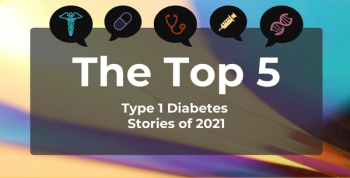
The most popular type 1 diabetes articles published in 2021 included new research on screening and updated coverage policy.

Tech-driven connectivity and collaboration tools empower primary care providers (PCPs) to shepherd patient care, while simultaneously empowering patients to make more informed and strategic decisions about their own health and care journey.
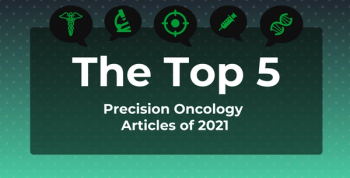
Epigenetics has a role in choosing the right medicine in lung cancer, artificial intelligence can predict outcomes in a highly aggressive cancer, and more.

Coverage of our peer-reviewed research and news reporting in the health care and mainstream press.

Today’s challenge, according to Microsoft's Iksha Herr, MS, is learning how to leverage artificial intelligence (AI) to process the waves of health care data and to drive insights that lead to better care delivery.

Elizabeth Kwo, MD, MBA, MPH, is the deputy chief clinical officer, Anthem Blue Cross Blue Shield, Boston, Massachusetts. Kwo is a faculty lecturer at Harvard Medical School and physician entrepreneur.
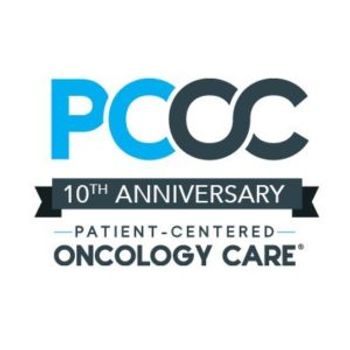
The discussion, "Remote Patient Monitoring: Case Studies From the Front Lines,” explored real-world experiences with technology that has taken on greater heft as the COVID-19 pandemic continues to affect health care delivery.

Bruce A. Feinberg, DO, of Cardinal Health Specialty Solutions, leads a panel discussion on how far randomized clinical trials have come, how they could be better, and how using real-world evidence could make research more representative of the population.
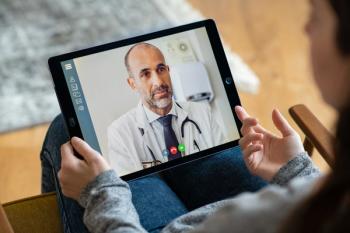
As the pandemic wore on, fewer patients with sickle cell disease who did contract COVID-19 needed to be hospitalized.

Interest in the use of digital inhalers is growing, as they may provide real-world evidence about how patients monitor and treat their chronic obstructive pulmonary disease (COPD) and asthma at home, but additional questions need to be answered, according to a recent review.

The findings come from an algorithm that was based on 4 criteria-based tools, including 2 widely-used measures designed to ferret out inappropriate medication prescribing in older adults.
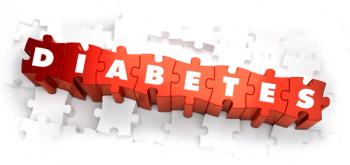
The insulin delivery system was linked with a reduction in hypoglycemia among adults and a decrease in hyperglycemia in both adults and children.

Between coverage years 2017 and 2019, racial-ethnic disparities in diabetes technology use worsened among Medicare beneficiaries with type 1 diabetes.
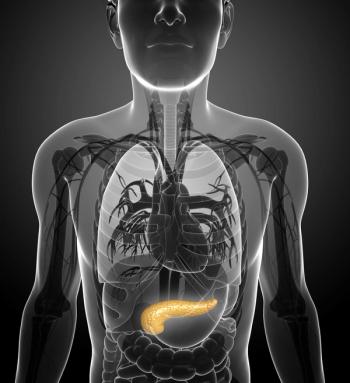
Findings about the willingness of primary care providers to prescribe artificial pancreas systems have positive implications for increasing access to and reducing disparities around this technology by alleviating the need to see a specialist.

Researchers at the University of Rochester are analyzing facial muscle movements through videos taken over webcams or smartphones to train a machine learning algorithm with the hope that it can predict Parkinson disease at an earlier stage.

Participation in education sessions and frequent web-based monitoring predicted 1-year outcomes of asthma control for adolescents with partly controlled and uncontrolled asthma.

The findings, said the researchers, are an important step toward achieving glucose control with a fully automated closed-loop system for patients with type 1 diabetes.

Results of a systemic review found evidence potentially supporting the use of smart phone applications among mothers with gestational diabetes.
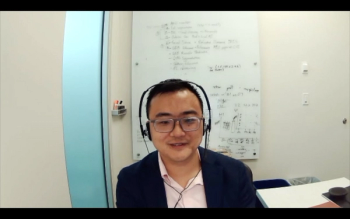
Aaron Lee, MD, an associate professor of ophthalmology at the University of Washington, explains why raising the standard of medical knowledge of artificial intelligence (AI) in ophthalmology is important.

There has been significant use of digital tools in specialty pharmacy during the COVID-19 pandemic, but it remains to be seen if that move will remain permanent in addition to other offerings, in a less acute setting of care, said Lance Grady, market access practice director, Avalere Health.

Lower indirect costs and a lower incidence of serious complications offset the higher cost of the advanced hybrid closed-loop insulin system.

The field of ophthalmology had already been moving toward telehealth and artificial intelligence (AI) before the COVID-19 pandemic, but these changes are being accelerated now, making it crucial for ophthalmologists to learn to adapt.

Aaron Lee, MD, an associate professor of ophthalmology at University of Washington, describes how artificial intelligence (AI) is used in ophthalmology now and how it could be utilized in the future.

Certain ophthalmic subspecialties were more well suited for telemedicine use based on what tends to get covered in patient visits, said Darren Chen, MD student at Weill Cornell Graduate School of Medical Sciences.




















































